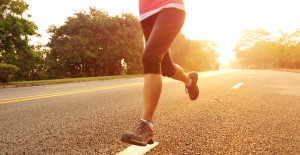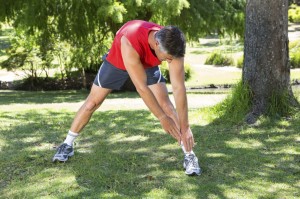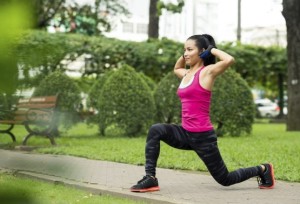Best Warm-Up Routines Before Sports
Most sports injuries occur when we fail to properly prepare before hitting the turf or the track. Warming up properly loosens muscles before activity and allows for better range of motion without harming joints and ligaments.
There are many different ways to warm up before physical activity. Some routines might fit your sport better than others, but what is important is to find one that works and see it through prior to your exercise. It can make the difference between a stellar performance and sitting out hurt.
Why Warming Up Is Critical
In professional sports, it’s often the athletes who are not only talented, but stay healthy, who leave lasting legacies. A dynamic warm-up routine serves to activate all of the muscle groups you will use during your workout.
If you’re preparing for a rowing competition, your warm-up should focus on arms, shoulders, chest, core and quads. If you’re warming up for a soccer match, the focus should be on your lower body, including hamstrings, calves and other leg muscles.
When you warm up properly, you increase blood flow to muscles that will be used during your activity. Going full-speed right away can tear muscles that are tight, but allowing blood to flow and fibers to stretch will help avoid these types of injuries.
Warming up also prepares you mentally. Your body is much happier transitioning into exercise gradually. Elevating your heart rate slowly will allow you to throttle up to a comfortable work rate. That will allow you to perform your best with confidence.
How to Warm Up
A simple total-body warm-up should incorporate muscular and cardiovascular elements as well as stretching. If you’ve done plyometric or calisthenic exercises, these are the types of movements that will make up your 10-minute warmup.
Begin with a movement that will raise your heart rate and core body temperature, such as jumping jacks or running in place. You should break a light sweat before hitting the field.
Next, transition into some movements that will stretch major muscle groups. Try twisting lunges, knee-to-chest stretches and grapevines for lateral movement. Standing leaps will help with explosive power. Start with low effort and work up to a small number of leaps, going as high as you can.
To warm up your upper body, use arm circles. For baseball and football, throw a few quick passes or play catch. Lastly, stretch. It’s important to lengthen your muscles after blood is flowing so they’re limber and ready for action.
Stretches
You should stretch before and after your warm-up routine, especially if you’re dealing with any back pain. As your muscles get warm, stretching a second time when you’re finished warming up will help you stay limber. Research the best stretches for your sport so you’ll know them prior to heading out.
Avoiding injuries is an important aspect of having a long and effective athletic career. Health and fitness is a lifetime commitment, so stick to your stretches and give yourself every advantage when you head out on the field.



Hi, Scott!
Thank you for this article. I really hope that more people are able to read it and realize the importance of warming up.
The obvious reason is to prevent any injury. It seems to be common knowledge but still, I know a lot of people who prefer to disregard warming up and jump right in to their intended physical activity. Guys, heed this advice and don’t wait to learn your lesson the hard way. Better be safe than sorry!
It’s also great that you pointed out its mental benefits. I myself often fail to realize that. But yes, it does help in slowly conditioning the mind that the body is ready for battle!
Helpful post.
Great beat! I must newbie when you change your web site, how can i join for your blog? The bill solved the problem any acceptable cope. I were being little bit acquainted on this the send out offered sparkly crystal clear thought